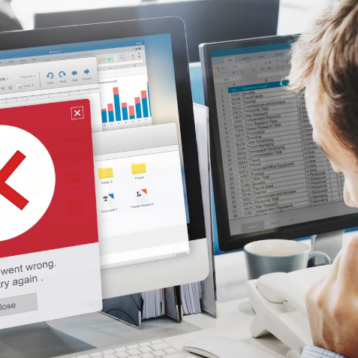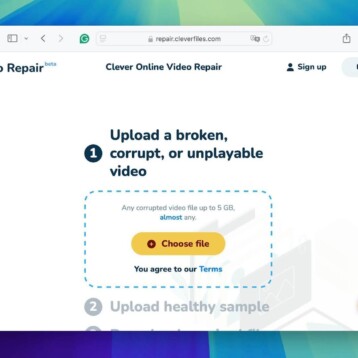
Transcribing a video is the process of converting its audio content into written text. In other words, it is a way of turning the spoken words in a video into text that can be easily read and understood. Transcribing a video is a crucial step in video production as it can benefit the education, entertainment, and business fields in various ways. This article will explore the primary purpose behind transcribing a video and why it is important.
What Is the Purpose of Transcribing a Video?
The primary purpose of transcribing a video is to make its content accessible to a broader audience, including individuals who may have difficulty hearing or understanding the audio content. In addition, transcribing a video’s content also works great for people who may prefer to read rather than watch. Transcription helps make the video content more accessible (when translated) to those who speak different languages. It provides a written representation of the content, making it possible for individuals to understand and enjoy the video, regardless of whether they can hear the audio.
Additionally, transcribing a video can make the content more accessible to people with different learning styles. Some individuals learn better by reading, and the written transcript can help them to understand and retain the information presented in the video.
Another purpose of transcribing a video is to improve its search engine optimization (SEO) and to make it easier to find and share. A written transcript provides search engines with text to crawl and index, making it easier for people to discover the video through search results. In addition, you can share the transcript on social media and other platforms, making it easier for people to share the content with their friends and followers.
Finally, you can also transcribe videos for legal and commercial purposes. You can also use the transcripts to produce closed captions, which are often required by law for certain types of videos.
What Are the Benefits of Transcribing Videos?
Transcripts help to provide a written record of the content of a video. However, there are multiple other benefits to transcribing videos. Some of these benefits include:
1) Enhanced Learning
Transcribing videos can help students better understand and retain the information presented in the educational field. By providing a written record of a class’ content, students can review and reference the information more efficiently and improve their comprehension of the material.
2) Improved Video Production
Transcriptions can also help improve the quality of video production. By transcribing the audio track, you can easily spot areas that need improvement and make changes to the content, such as adjusting the pace or volume of the audio, correcting any errors in the script, or adding captions.
3) Increased Engagement
Videos with transcripts tend to have higher engagement rates as they allow viewers to either watch the video or read the transcript, allowing them to choose the format that best suits their learning style.
4) Better Organization
A transcript can help you keep track of the information contained within a video, making it easier to locate specific pieces of information in the future.
5) More Efficient Collaboration
Suppose you are working on a video project with others. In that case, a transcript can help facilitate collaboration by allowing team members to quickly and easily find and discuss specific parts of the video.
6) Better Understanding of Audience Reactions
By transcribing a video, you can better understand how your audience is reacting to the content, including which parts of the video they found most engaging or confusing.
7) Improved Accuracy
Transcribing a video ensures that the information contained within it is accurate by allowing you to check and correct errors in the transcript. Having a written text backup of your video helps when it comes to double-checking mistakes.
8) Increased Value
By transcribing your videos, you can add value to your content, making it more accessible, understandable, and usable for a broader range of people.
9) Viewable in Sound-Sensitive Environments
By deploying written text alongside your videos, you can help those who prefer to watch them without audio for convenience reasons. Since mobile video-watching has grown so much, this aspect means a lot for viewers who are likelier to watch videos on the go.
Final Thoughts
In conclusion, transcribing a video is a crucial step in video production with many benefits and uses. It helps make the content of a video accessible to a wider audience, including individuals who have difficulty hearing or understanding the audio, as well as those who prefer to read rather than watch a video. Additionally, transcribing a video can also improve its search engine optimization and make it easier to find and share.
Finally, it also has commercial and legal applications, such as producing closed captions or for market research purposes. Overall, transcribing a video is essential for making video content accessible and useful to a wide range of individuals. Be sure to check https://gotranscript.com/video-to-text for all your video transcription needs!










